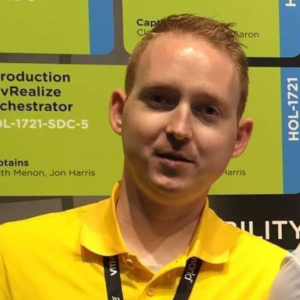PowerShell is about making things easy and consumable. Same goes for PowervRNI, making repetitive tasks in vRealize Network Insight easier and make it possible to extract information from vRNI.
It’s not that easy to load a custom module into PowerShell though, you have to download 1 or 2 files, then load it into your PowerShell session by referencing those local files. The PowerShell Gallery is a pretty awesome way to also make module management very easy. All you have to do is use the Install-Module command and it downloads and installs the module for you.
For the module authors, … Read more
